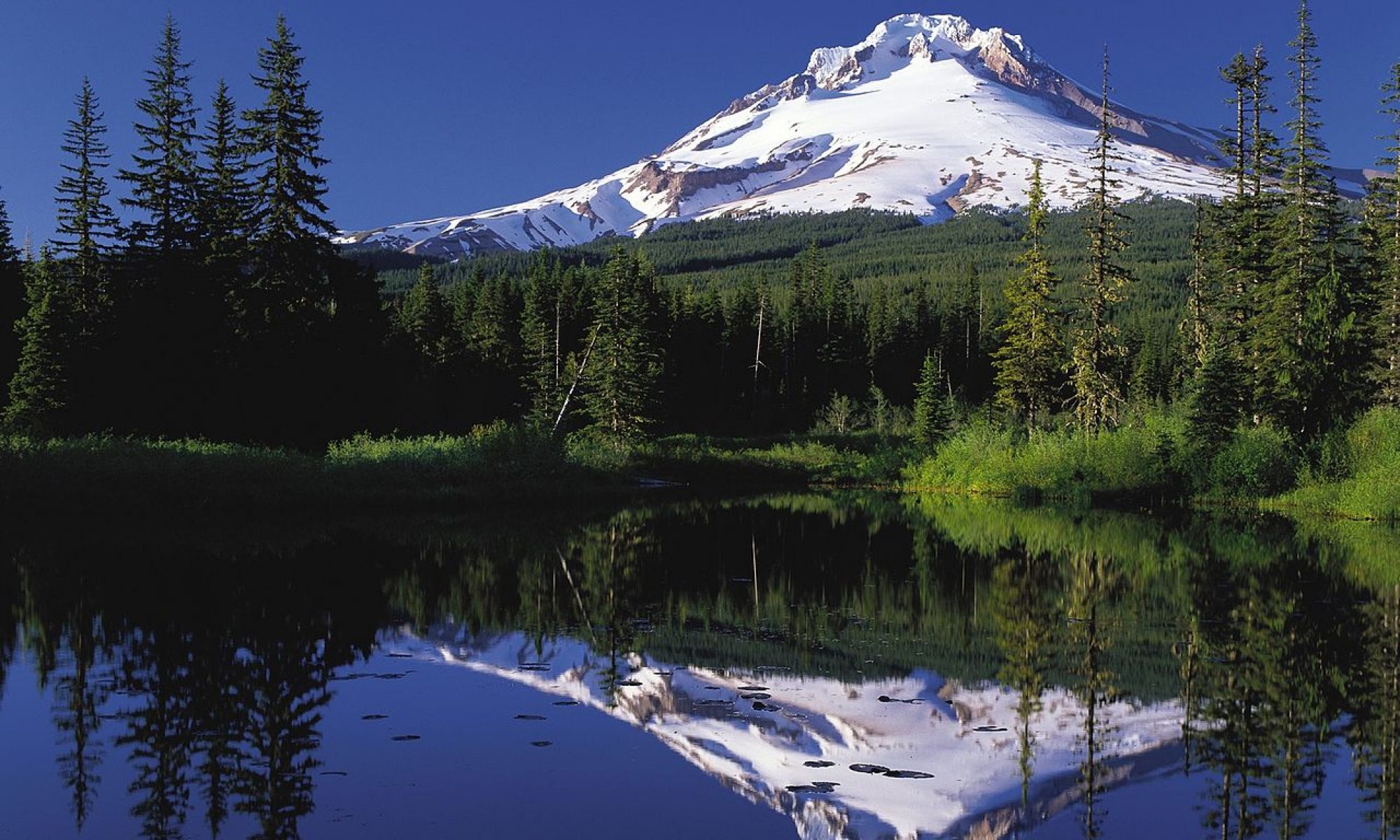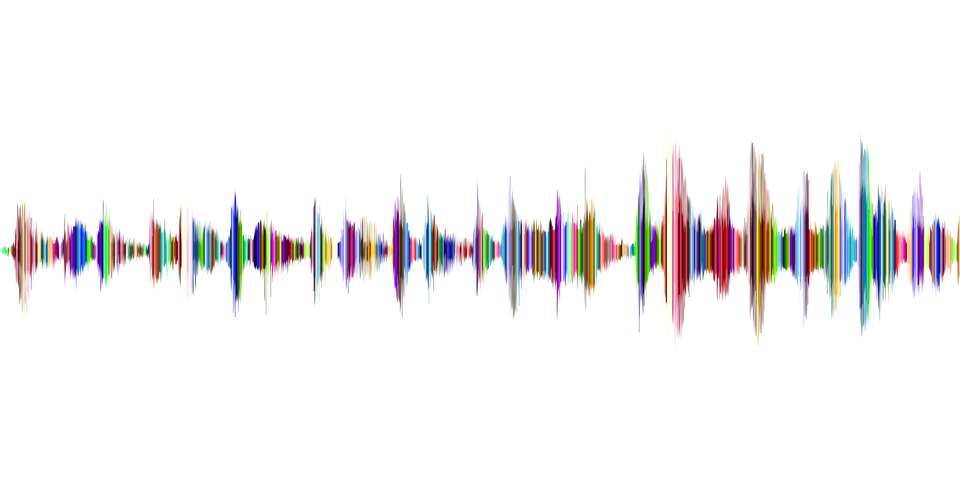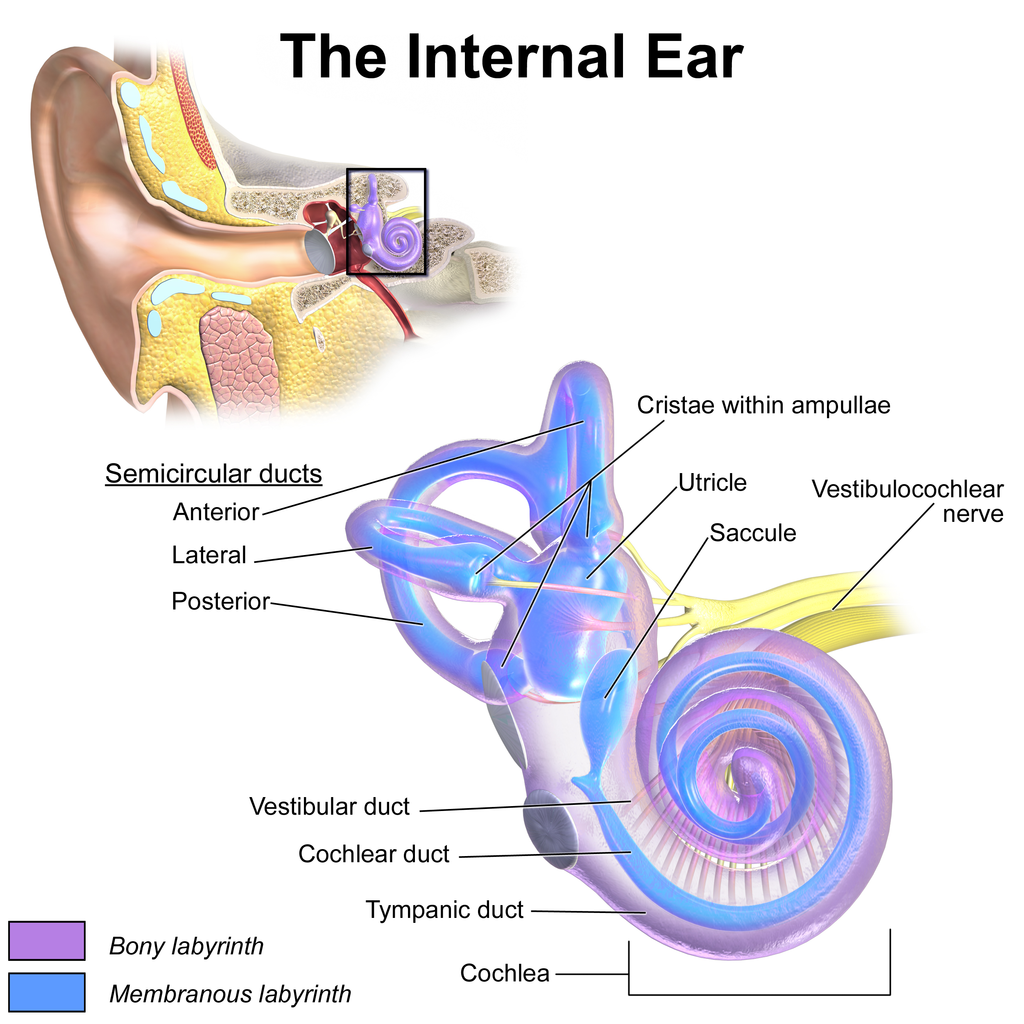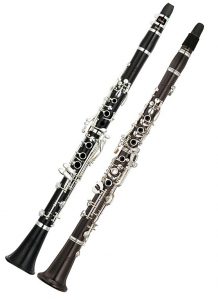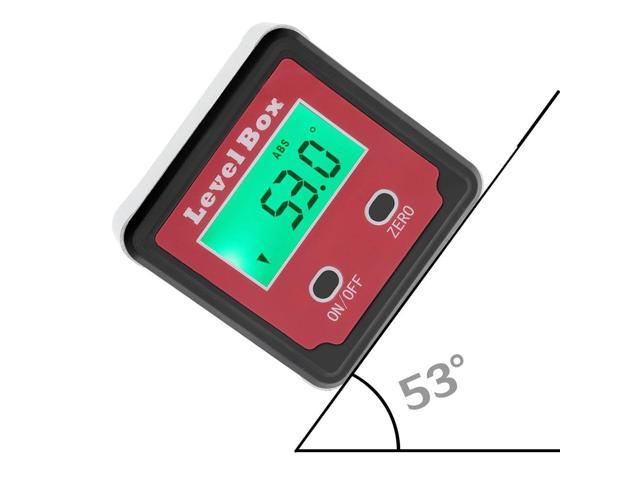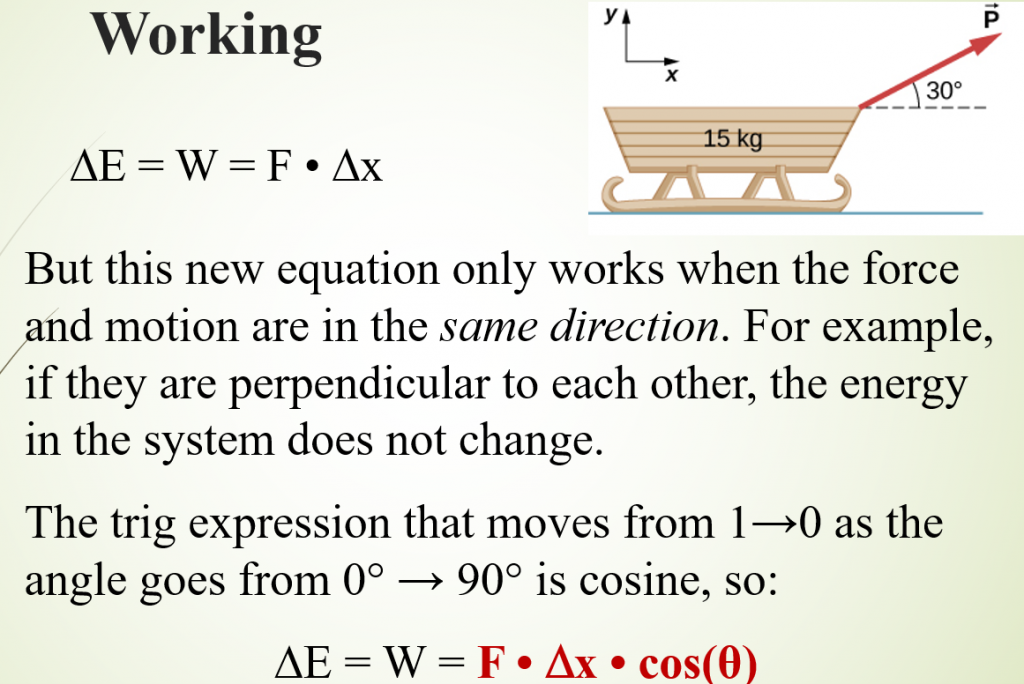Thursday: The Doppler effect
Warm up
Copy and complete the following sentence by entering one word: Water waves travel in the shape of a ______, sound and light waves travel in the shape of a _______.
Some notes you should have
- Sound is a longitudinal (also called compression or pressure) wave.
- In a wave diagram, the lines represent crests (areas of high pressure).
- Sound is created by repeated changes in pressure.
- Sound is really another way energy is stored (in the high pressure areas where more energy is stored in the kinetic energy of the particles.
- Sound is called simple harmonic motion (more about that when we discuss harmony).
- While we usually draw sound waves as expanding circles, the sound actually travels as spheres.
- Doppler effect:
- The sound wave doesn’t actually change, it is just the wavelength people hear that changes.
- Long waves = low notes; Short waves = high notes.
- The equation that relates wavelength, frequency, and speed is:
Velocity = frequency * wavelength
- Frequency and wavelength have an inverse relationship.
- Speed of sound is called Mach 1, fastest jet fighter is about Mach 3.
- Speed of sound is about 750 MPH (343 meters per second).
- Speed of sound changes with temperature: Hotter = higher speed.
- “Ultimate Doppler effect” is Mach 1, the speed of sound.
- At this point, each wave “piles up” on the wave crest before it, creating a sonic boom with very high sound energy.
- Some airplane speeds:
- Typical passenger jet: Between 0.5-0.7
- The Concorde, the first ‘super-sonic’ (faster than sound) was developed in the 1980’s to lessen airplane travel time. They flew at about Mach 2.
- Jet fighters can fly around Mach 3.
Sonic booms
When an object moves faster than the speed of sound, the air pressure ‘piles up’ and creates a very large boom.
Exit ticket
Copy and complete the following sentences by selecting one of the bold words: In the Doppler effect, we detect waves from a source moving towards us as higher/lower pitch, because their wavelengths are shortened/lengthened.
Friday: Standing waves and harmonics
Warm up
Copy and complete the following sentences by selecting one of the bold words: In a sonic boom, “the ultimate Doppler effect,” we the loud boom is created because high/low sound pressure builds up at the front of the jet, and the jet is moving faster/slower than the speed of sound.
